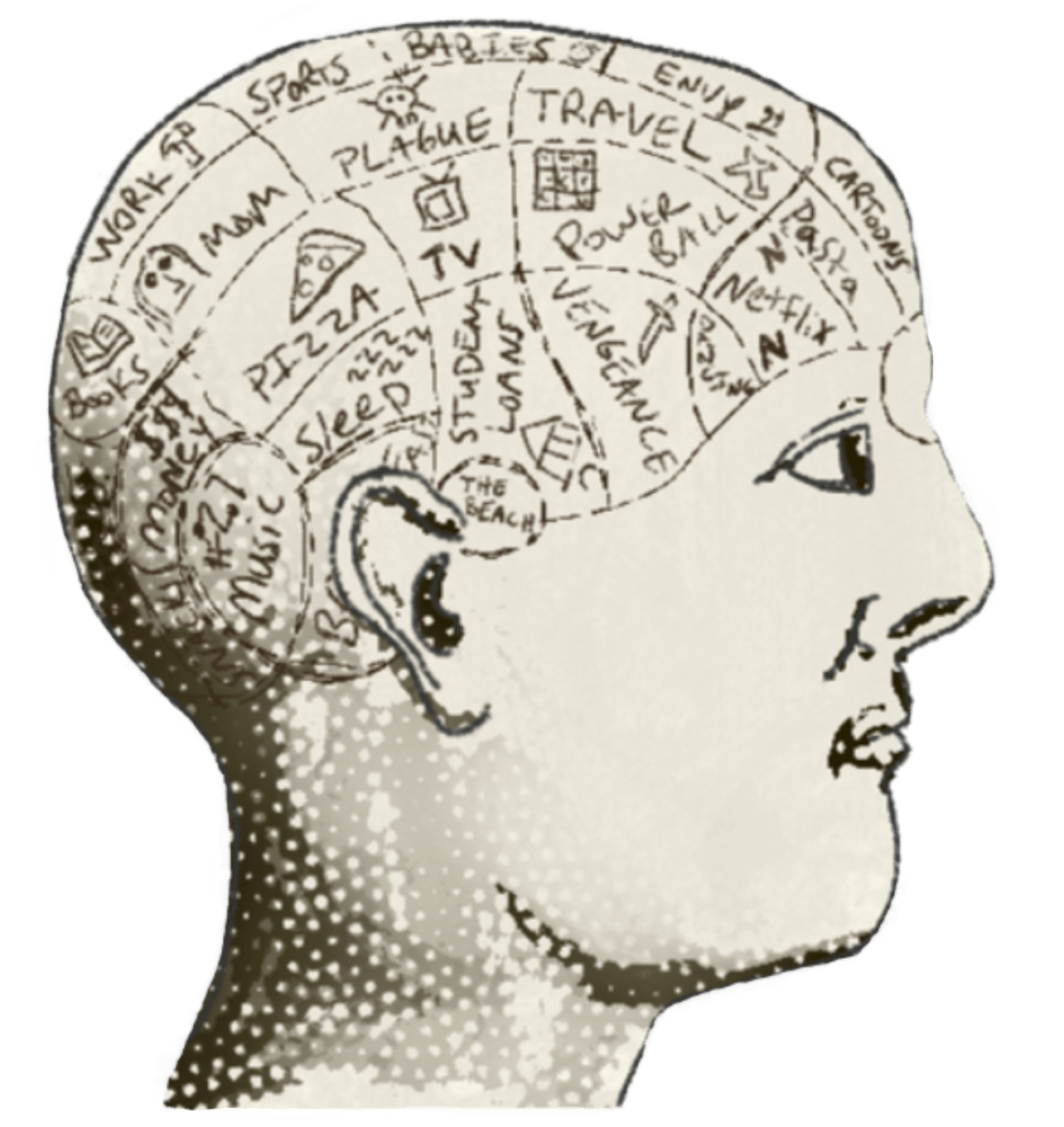A Yarn-Up About Gathering
Museums are often thought of as "social" spaces, but is it time to think of them as "platform-agnostic gathering" spaces?
Preamble
Today’s guest letter comes from Dr. Lynda Kelly, a consultant and researcher based in the Southern Highlands of NSW, Australia. Lynda has an active blog, Museums and the Digital, and is also on the Council of the Australian Museums and Galleries Association.
Lynda will be our guest in the MAP Community for a Campfire discussion on Thursday, November 11th at 5pm ET on our theme of Gathering. If you’d like to attend, join us the MAP Community. Registration for the winter season is available through October 31st.
Kyle
Yarning – what is it?
According to the Yarning website:
Put simply, Yarning is about building respectful relationships.
The use of a yarning circle (or dialogue circle) is an important process within Aboriginal culture and Torres Strait Islander culture.
[A] yarning circle has been used by Indigenous peoples from around the world for centuries to learn from a collective group, build respectful relationships, and to preserve and pass on cultural knowledge.
What is “gathering”?
According to Priya Parker in The Art of Gathering (2020), a gathering is defined as “… three or more people who come together for a specific purpose”. Parker believes that by understanding why we gather – whether to acknowledge, learn, challenge, change – we can organise gatherings that are relevant and notable.
Museums as social spaces
Museums are social spaces – people tend to visit museums in groups. Social interaction is also an important factor for adult participation in cultural events, with young adults and parents of young children in particular, valuing activities that promote social interaction and are entertaining (Kelly, 2007). Packer and Ballantyne (2005) explored the social dimensions of learning by comparing solitary museum visitors with those in groups. They found that while the nature of learning differed during the visit, both sets of visitors had shared and discussed their experiences with others after their visit.
How then, is gathering relevant to cultural institutions?
My thoughts have (inevitably) been informed by the pandemic and how people have shifted into online platforms and spaces as a way to gather. Yet, the more we have been gathering online, does this mean the more we want to gather face-to-face, or have gatherings now taken a different and hybrid form??
Along these lines, and in response to the impacts of the pandemic on museum physical spaces, I’ve been thinking that we are progressing through:
museums as social spaces (pre-pandemic) → museums as digital spaces (pandemic) → museums as gathering spaces (post-pandemic)
And that gathering spaces are:
platform-agnostic, one way to address difficult topics and involve audiences wherever they are and however they want to participate.
Some issues to consider
1. Social spaces versus gathering spaces
What does it mean for museums to make an experience succeed as a gathering space in 2022? Or, how would we recognise the signs that we are “merely” creating a social space rather than a gathering space? And, does this difference matter? Can social spaces and gathering spaces co-exist/ Or are they fluid?
2. Being “platform agnostic”
How often do we start a project with a specific outcome in mind and then choose a platform or context to support that outcome? Or, do we fall back on traditional modes of delivery and massage the content to fit that approach?
Getting formulaic — how often do you start your work with a behavioural outcome in mind?
For example consider this question: “We want participants to ‘engage’ with the idea of x; We’ll know that our expression of idea x is successful when we see participants doing y. The best way to get participants doing y is to use platform z.”
What do you think?
Let me know in a comment below.
Lynda
Related Letters
